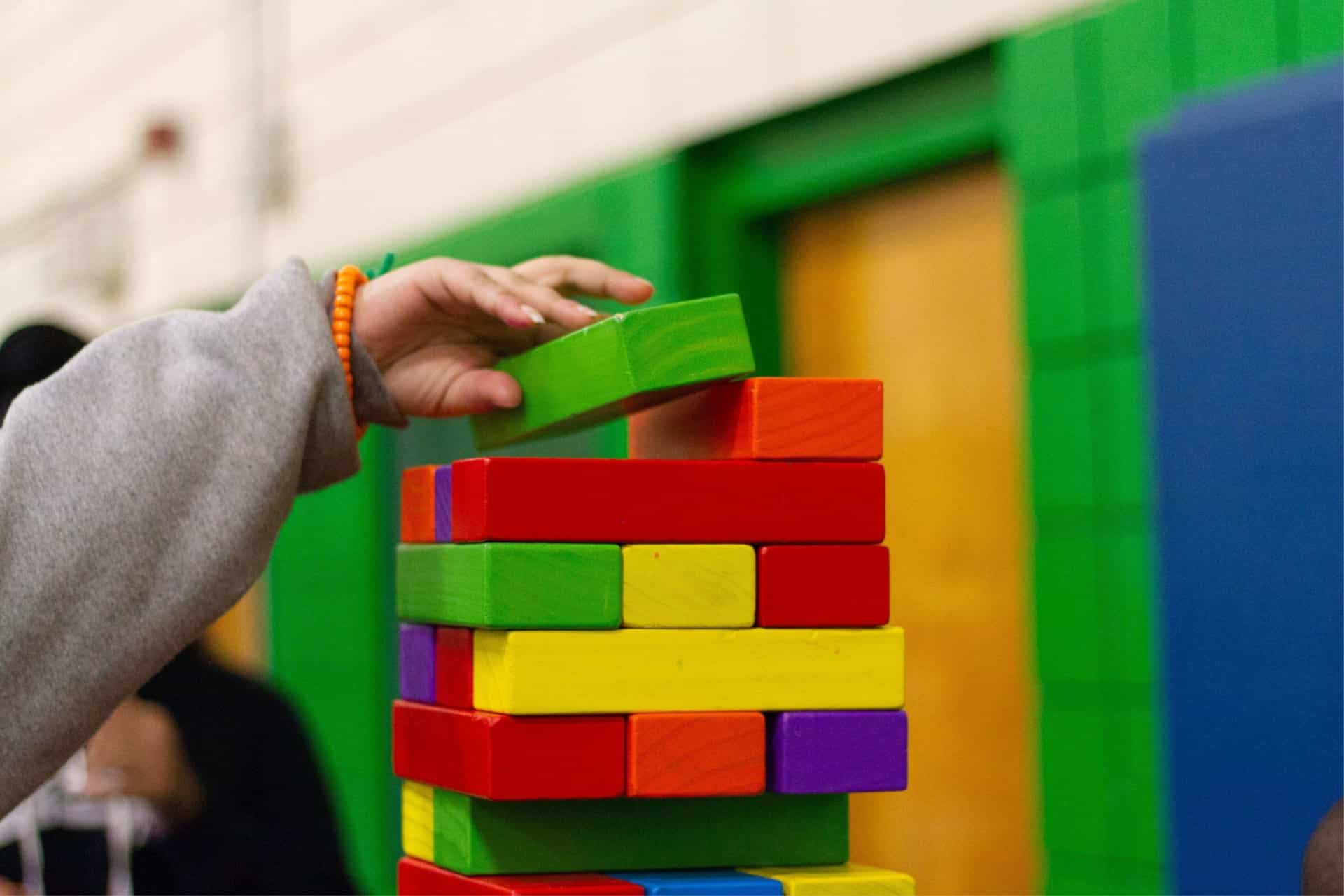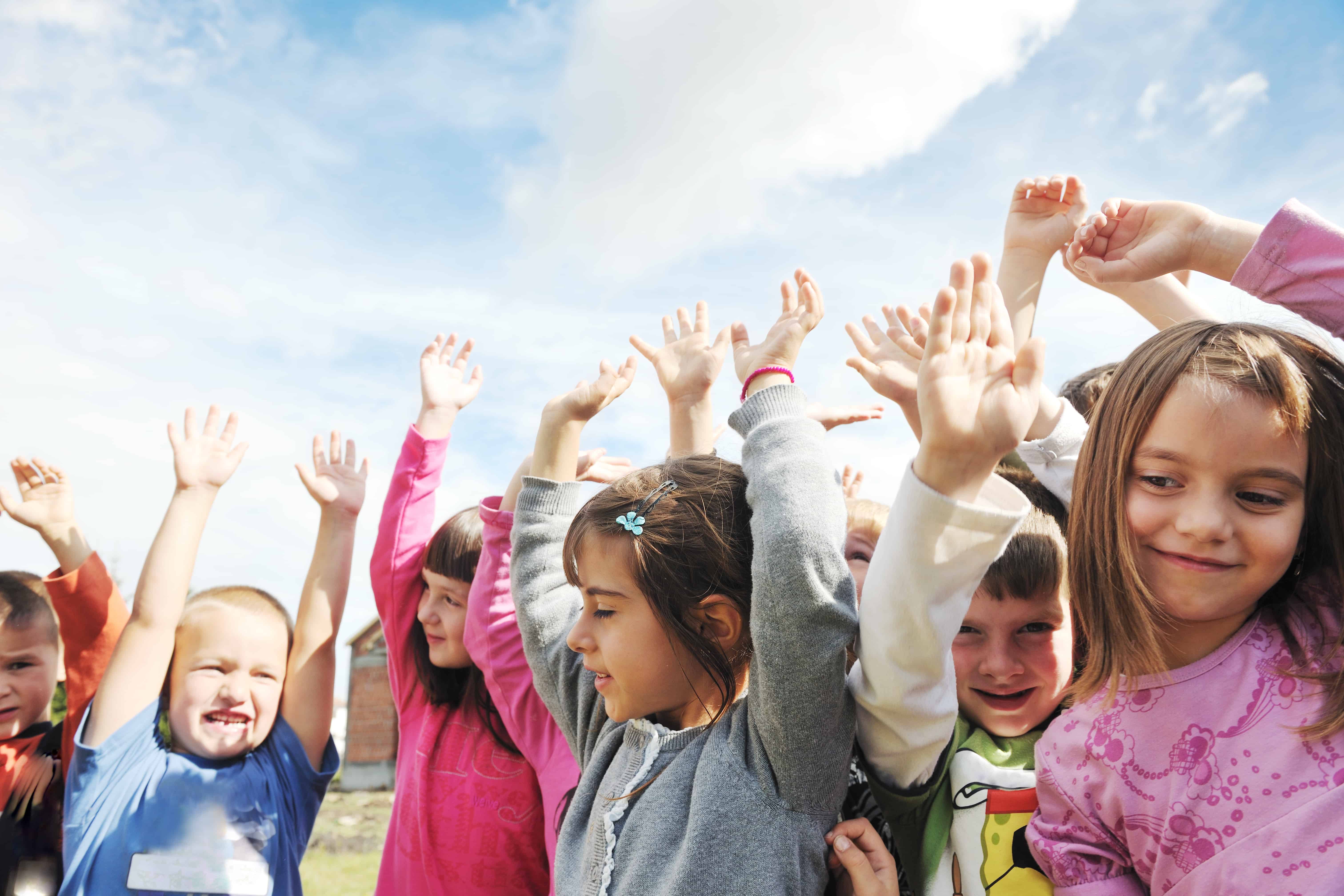21 Fun Classroom Games for All Ages (no prep work!)
Inside: Learn the many skills that children can learn and practice by playing games; plus a list of some fun classroom games for students, with easy set up.
George Bernard Shaw said, “We don’t stop playing because we grow old; we grow old because we stop playing.” Never underestimate the value of play in educating our young minds.
It allows kids to imagine, explore, take chances; in other words, it allows them to learn. Just think of when you’ve watched a little one play.
They are looking at, moving, and sometimes talking to their toys; they are using their imagination. Then think of kids playing games with other kids. They are learning how to play, how to improve, how to get along nicely with others in life.

There is that saying even for older people, “that person doesn’t know how to play nice in the sandbox”. We learn cognitively, behaviorally, and socially through childhood play.
They also learn how to follow directions, take turns, share, being a good sport and not a “sore loser”, they learn how to compete, improve themselves.
In the classroom all of this can be used to connect these learned behaviors to the concept/unit at hand and give opportunities for greater success.
Also read: 17 Free All About Me Worksheets
Simon Says Game
Let’s start with Simon Says; a simple, fun game that is chock full of learning opportunities. We all remember how to play; Simon decides what the child will do or not do. Simon has to say it.
Example: “Simon says jump up and down”, so the kids must jump up and down.
But if the leader just says, “jump up and down” the kids are supposed to remain still because Simon didn’t say it. The child has to focus, listen carefully, and then do or not do the action of the person leading the game, or the Simon.
This game is so good for mind-body connection; they must be watching, listening, and moving the correct body parts.
This ties in visual motor skills, proprioception skills, sensory processing, coordination, focus, attention, and listening skills. Simon’s requests can become increasingly more difficult depending on the age/skills of the children.
The requests can be multi stepped as well. “Simon says jump up and down and clap your hands” or “Simon says skip 3 times and tap your head”. The leader can challenge the kids in a variety of creative ways.

They learn sportsmanship because they are “out” if they do the activity if Simon didn’t say it or if they do it incorrectly. The game can be played a few times to give kids a chance to get back in there.
Another fun game for visual motor skills, proprioception, sensory processing, and coordination is with the good old fashioned hula hoop. Just learning how to keep it going is a fun skill to learn. Music can be added for rhythm or even using the hoop in place of chairs for a game of “musical hula hoops”, using the same concept but replacing chairs with hula hoops. Can you do the hula hoop and skip or jump?
Give it a try!
Spread out the hula hoops and use them for throwing bean bags or balls into them; number them to find the correct number/word; excellent for visual motor coordination! Using hula hoops to create fun obstacle courses are great too. What about draping the hula hoop on your arm, grabbing hands and trying to pass the hula hoop from one person to another.
Also, leave room for imagination; throw some hoops in the yard and see what the kids come up with for a fun game with them!
Have you ever played with a parachute? Fun for all ages, but so many skills for kids. Everyone lifts the parachute and if your name is called you run under it–and it’s listening, visual motor, coordination, focus skills all wrapped up into one.
Great gross motor skill game is putting objects on top of the parachute and lifting it to watch them fly!
Another game is shouting out directions for who should go under the parachute; good for listening skills and gross motor, “go in if you have brown eyes”, “go in if you are 9 years old”, etc.
Using the parachute with music and including skipping or other directions is not only fun but so many skills are practiced with that activity as well.

What a gift that enjoying recess games can be beneficial for our bodies and our brains.
Fun Indoor Classroom Games
Here are just a few we have compiled for you. Most of the require no prep work from you, as a teacher or therapist.

Or, if they do, chances are you have a deck of cards or a broomstick for limbo that is in the building.
Also take a look at: 8 Unusual and Educational Board Games for Kids
I like to stock up on things at the dollar store.
GROUP GAMES
Limbo | Take a long stick and see how high or low for a student to go under it |
Card games (Uno, Go Fish, Old Maid, Rummy) | Fun in class or at recess. Teaching kids to think and follow the rules of the game; earn points |
| Four Corners (Four Square) | Children are rotating and kids on outside can take turns getting in so everyone can play (person in the middle counts and when they stop everyone must be in a corner) |
| Checkers | Can be played at a table or get a big one down on the floor! |
| Races | Regular running races with teams, potato sack, three legged, cup walking |
| Red Light Green Light | Someone calls out “red light green light, stop!” Kids compete to get to finish line |
| Jenga | Visual motor skills, imagination, and so much more! |
| Cornhole | Fun for downtime inside or outside; excellent for visual, spatial, hand eye coordination |
| Hit the Number | Numbers painted on a wall or stuck and students can throw bean bags or other items to hit certain number for points |
| Cup building | We do this with our students with severe special needs. They have to make a large building stacking Solo cups. |
| Legos, blocks | So wonderful for creativity and imagination. Have them tell you what they are building and create a story around it. |
Most of the time we have many of these items in our homes or classrooms.
Individual Games
- Solitaire
- Memory/Concentration card games
- Bananagrams
- Jenga
- Puzzles, floor puzzles
- Teach kids to knit, sew, do crochet
- Teach kids an instrument
- Either written or apps that have crossword puzzles, spelling bee, letter boxed, wordle
- Short story writing, poetry writing
- Reading preferred content, ability appropriate and in a no-risk environment

There are games teachers are using now to teach but many times anyone can find the templates online or sign up for a site that allows usage.
Indoor Classroom Games
Parents can create games for their kids to help them study.
- Kahoot (multiple choice game)
- Quizlet (great for making “index cards” for studying and creating practice tests
- Jeopardy templates (many are free or sometimes have topics on them; this can be done with school work or fun so school and family!)
Skills Reinforced by Games
Playing games can have numerous benefits for children. Here are some of them:
- Cognitive Development: Games often involve problem-solving, critical thinking, and strategic planning. They can enhance a child’s cognitive abilities, including memory, attention, and reasoning skills.
- Social Skills: Many games encourage social interaction, collaboration, and teamwork. Children learn how to communicate, negotiate, and cooperate with others, which can help them develop valuable social skills and improve their ability to work with others.
- Physical Development: Certain games involve physical activity and movement, promoting the development of gross and fine motor skills. Whether it’s playing outdoor sports or interactive video games, children can improve their coordination, agility, and overall physical fitness through gameplay.
- Creativity and Imagination: Games often involve storytelling, role-playing, and imaginative scenarios. Children can express their creativity, explore new worlds, and develop their imaginations as they engage in various game-related activities.
- Emotional Development: Games can provide an outlet for emotional expression and help children develop emotional resilience. They can learn to manage their emotions, handle winning and losing gracefully, and cope with challenges and setbacks.
- Educational Value: Many games are designed to be educational, teaching various subjects such as math, science, language, and problem-solving skills. These games can make learning more engaging, enjoyable, and interactive for children.
- Stress Relief and Relaxation: Games can serve as a form of relaxation and stress relief for children. Engaging in enjoyable gameplay can help alleviate anxiety, provide a break from daily pressures, and promote overall well-being.
- Improved Technology Skills: In the digital age, games often require children to navigate digital interfaces, use technology devices, and become familiar with various software or hardware. Playing games can enhance their technological literacy and computer skills.
However, it’s important to note that moderation and age-appropriate content are key when it comes to children playing games.
Parents and caregivers should ensure that games are suitable for their child’s age, promote positive values, and encourage a healthy balance with other activities.
Games to Play in the Classroom
- 20 Popular Critical Thinking Games for All Ages
- 25 Games to Help Teens Learn and Develop Social Skills
- 33 Unique, Educational Board Games for Older Kids
- 10 Fun Classroom Games to Foster Non-Academic Test Taking Skills
- 21 Fun Classroom Games for All Ages (no prep work!)
- Leapfrog Games you can Download for Free | Incl. LeapPad Ultra | Discounts
- 25 (free!) Evidence-Based Games and Activities to Learn Social Skills

